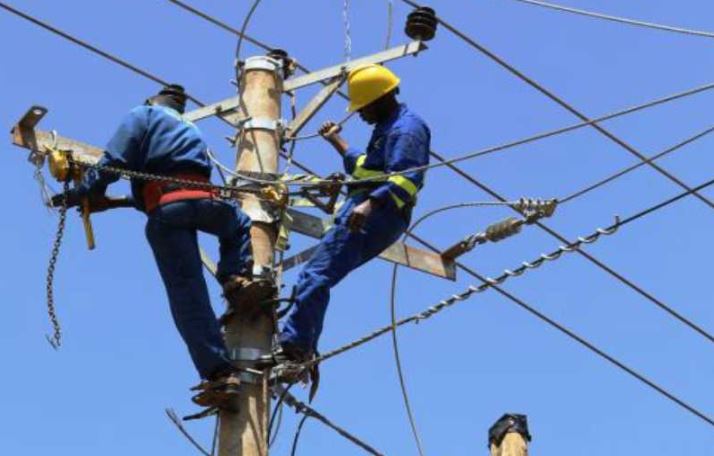
Kenya Power Incompetence Exposed in Recent Power Outages
Kenya Power’s incompetence has been exposed in the recent three major transmission failures that occurred within hours of each other on Tuesday.
These outages plunged Kenya into its worst nationwide power blackout in recent years amid rising sabotage fears.
By last night, officials from Kenya Power and Kenya Electricity Transmission Company (Ketraco) were racing to find what had caused the third failure on major lines in under 24 hours.
Kenya Power Blackouts
According to Business Daily, the first incident happened on Monday night and was resolved quietly.
This was followed by another major failure at 10.45 a.m that result in a nationwide blackout.
The third failure happened after 5 pm and was yet to be resolved by the time of going to press.
The blackouts resulted in yet-to-be quantified financial losses due to economic disruptions.
Kenya Power said the mid-morning outage on its grid happened after towers supporting a high-voltage power line linking Nairobi to the Kiambere hydroelectric dam collapsed at around 10.45 am
The monopoly did not publicly disclose what caused the fall of the towers.
“It appears this is a case of vandalism, but this is not yet conclusive.
The line is near a slum dwelling,” the Kenya Power official said. “Yes, it is an old-line, but it has been very stable at least for the longest time I have been here.”
The 10.45 am outage took nearly four hours before some parts were restored after repair works by Kenya Power.
By 5 pm, the utility said power had been restored to all parts of the country except Kitui, Mwingi, and Garissa which is expected to reconnect supply by 6 pm.
Businesses Affected
The utility, however, reported another major fault on the Suswa-Embakasi high-voltage line.
This affected sections of the Nairobi Central Business District, Kilimani, Hurlingham, Syokimau, Athi River, Kitengela, Mlolongo, and adjacent areas.
It was not immediately clear what caused the third hitch.
Manufacturers, commercial building owners, warehouses, farmers, and small businesses such as salons and barbershops largely depend on electricity to operate.
An extended outage usually leads to losses and additional expenses from using generators.
Frequent blackouts due to supply shortfalls — and sometimes because of aging distribution and transmission infrastructure — have forced most businesses and wealthy homes to have standby generators or install solar systems.
“Whenever there’s a fault on one of our major lines, it destabilizes the entire network,” the Kenya Power source said.


